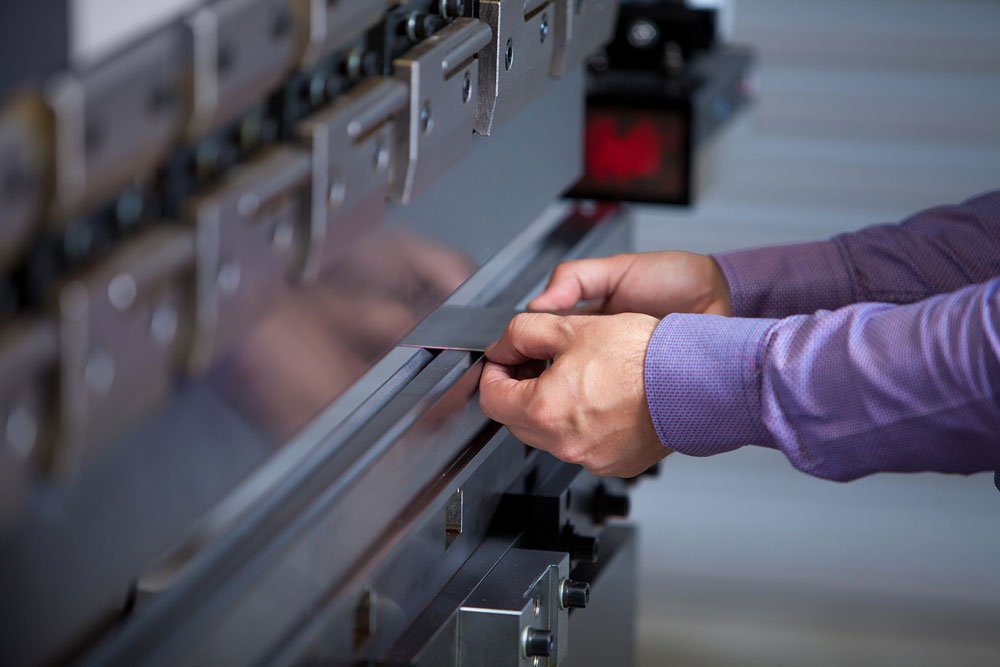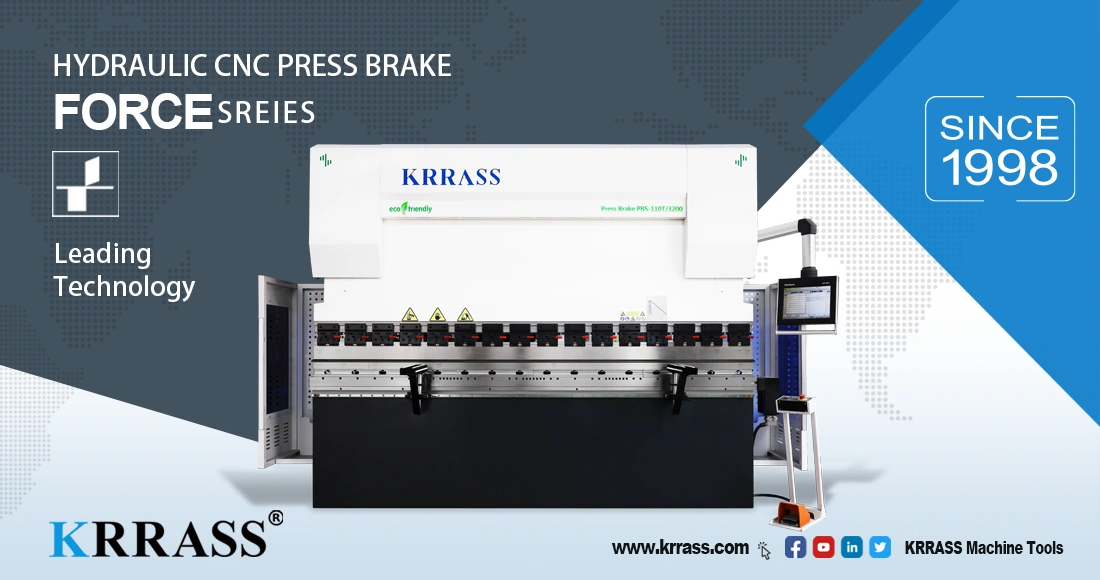Question: Our company has acquired 2 new Hydraulic press brake machines. Despite the fact that they offer many options, do not actually meet our need. We still face problems, such as the inability to perform angle repetition. The tools we have are new, each precision punch helps to reduce the set-up time. Yet, gaining consistency in angularities remains a big challenge.
We mainly produce mild steels with a thickness of 10-0.25 inches, so I wonder whether the material we use is related to this. If yes, what type or class is preferable? How else could we fix the problems with angle incompatibility having maintained the whole stream?

Answer: Each of us has their own preferences about the brands and models of Hydraulic Press Brake. The driving system can be electrical, hydraulic or servo-hydraulic, and each one works differently. However, all the types provide reproducibility in micrometers.
Each manufacturer of press brakes offers patented versions capable of creating or breaking specific applications. This is just finessed. In terms of fundamental options, basically, all the branded press brakes areas suitable and accurate. This is the case for the tools as well. Staying in the specific tooling, like the precision ground or planer ones, and matching your task with the tool will lead you to perfect outcomes.
To gain the utmost excellence through an upgraded press brake, precision ground tools are the best. They mostly bear a fabrication tolerance of ± 0.0004- ± 0.0008 inches and total heights and tooling core. The planner tool has a tolerance of ± 0.005 inches per 10 feet, making it hard to apply in a phased installation of press brakes.
You had better not use your press and tools fully. Avoid using your machine at its utmost or least capacities. Use it in optimal capacity. In terms of security, provide 20 % more load capacities for the machine and tool than required by your application.
Change in Thickness and Tension
Regardless of the Hydraulic Press Brake and tool capability to make a highly accurate performance, the change of materials has to be taken into consideration, particularly while implementing a task of tough tolerances.
For instance, let us observe 10-ga. Hot-roll steels. They can nominally be as thick as 0.1345 inches, still, may vary from 0.1285-0.1404 inches. Materials may be differently thick over the breadth of sheets. At the mills, the roller deflects at the core, which brings on more thickness in the central area and less at the ridges for sheets. Thus, the one-piece sheet may be of different thicknesses. Suppose the difference is 0.007 inches from ridges to the central area. This will suffice to produce a bending angle change of 5 degrees within workpieces.
Each material has an utmost tensile strength (UTS). If you deal with 10-ga. ASTM A36 steels, the UTS forbearance area is from 58 KSI to 80 KSI.
Hot-roll Vs. Cold-roll
Hot-roll and cold-roll steels differ in certain fundamental aspects. Hot-roll steel is exposed to rolling at elevated grades of temperature, they may bear plenty of surplus tense brought about by unevenly occurring cooling. The surplus tense worsens the variation from part to part.
The steels then get transformed through re-rolling at cold mills, mainly under room temperatures. Next, they get annealed and tempered. All this provides more excellent finishing for cold-roll steels than the hot-roll pickled and greased steels. Cold-roll steels are less carbonic and after annealing, they possess more softness compared to the hot-roll ones, that are featured with higher strength.
Influence on Radius and Bending Deduction
Suppose we form an excellent bending radius, which implies that the sheet is as thick as the bending radius. You may gain stability and repeatability for bending. Yet, the changeability of materials has to be considered. Now let us observe the variations in thicknesses. 10-ga materials range within 0.1285 and 0.1404 inches, which differs with 0.0119 inches. While performing the bending calculation, each thickness provides us with a specific bending deduction (BD). The calculation for materials of 0.1285-inch thickness gives a 0.222-inch bending deduction. The same calculation for materials of 0.1404-inch thickness gives a 0.243-inch bending deduction. As you see, the variation is 0.021 inches.
The change in ductility strengths observed before affects the inner bending radii as well. In the case of air formation, the high ductility strength leads to large floating radii. Changing of the radii will cause changes in bending deduction.
Smaller Radius and Acute Bend
You mentioned about the excellent condition of your tools, however, nothing was noted about the particular punching nose radius and the part eventual bending radius.
In case of extremely small radii of punching noses for your applications, make use of acute ones. They are capable of applying a great strength to t
Learn more about our products, please visit and subscribe to our Youtube channel





